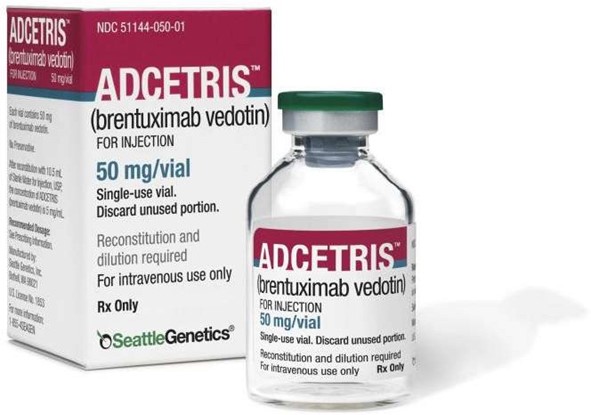A primary healthcare provider prescribes 15 g/day niacinamide to a client. Upon checking the medication bottle, the nurse finds that each tablet contains 500 mg and has a score mark. How should the nurse administer the prescribed dose?
Administer 1 tablet of medication once daily.
Administer 2 tablets of medication three times daily.
Administer half a tablet of medication once daily.
Administer 4 tablets of medication every 8 hours.
None
None
The Correct Answer is D
Choice A: One tablet contains 500 mg, which is far below the prescribed dose of 15 g/day. Administering one tablet daily would only provide 500 mg/day, which is insufficient.
Choice B: Each dose of 2 tablets provides 1000 mg (1 g), and giving this dose three times daily totals 3000 mg (3 g/day). This is significantly less than the required 15 g/day.
Choice C: Half a tablet would provide 250 mg/day, which is far below the prescribed dose of 15 g/day. This is inadequate and does not meet the prescription requirements.
Choice D: Each tablet contains 500 mg, so 4 tablets provide 2000 mg (2 g). Administering 4 tablets every 8 hours (three times daily) totals 12 tablets/day, which equals 15,000 mg (15 g/day) and fulfills the prescription accurately.
Nursing Test Bank
Naxlex Comprehensive Predictor Exams
Related Questions
Correct Answer is A
Explanation
To calculate the dose of brentuximab in mg that the client should receive, we need to multiply the weight of the client in kg by the prescribed dose of 1.8 mg/kg:.
Dose (in mg) = Weight (in kg) x Dose (in mg/kg).
Dose (in mg) = 60 kg x 1.8 mg/kg. Dose (in mg) = 108 mg.
Now we need to calculate the volume of medication to administer. Since the medication available is 50 mg per 10 mL, we can use proportion to calculate the volume:.
50 mg is to 10 mL as 108 mg is to X mL. 50/10 = 108/X.
Cross-multiplying, we get:. 50X = 108 x 10.
X = (108 x 10)/50. X = 21.6 mL.
Therefore, the nurse should administer 21.6 mL of brentuximab to the client.

Correct Answer is D
Explanation
To calculate the time it will take to finish the infusion, we can use the formula:
Time = Volume / Rate
Plugging in the given values, we get: Time = 1.5 L / 75 mL/hr
Converting 1.5 L to mL, we get:
Time = 1500 mL / 75 mL/hr Simplifying, we get:
Time = 20 hours
Therefore, it will take 20 hours to finish the infusion at the current rate.
Whether you are a student looking to ace your exams or a practicing nurse seeking to enhance your expertise , our nursing education contents will empower you with the confidence and competence to make a difference in the lives of patients and become a respected leader in the healthcare field.
Visit Naxlex, invest in your future and unlock endless possibilities with our unparalleled nursing education contents today
Report Wrong Answer on the Current Question
Do you disagree with the answer? If yes, what is your expected answer? Explain.
Kindly be descriptive with the issue you are facing.
